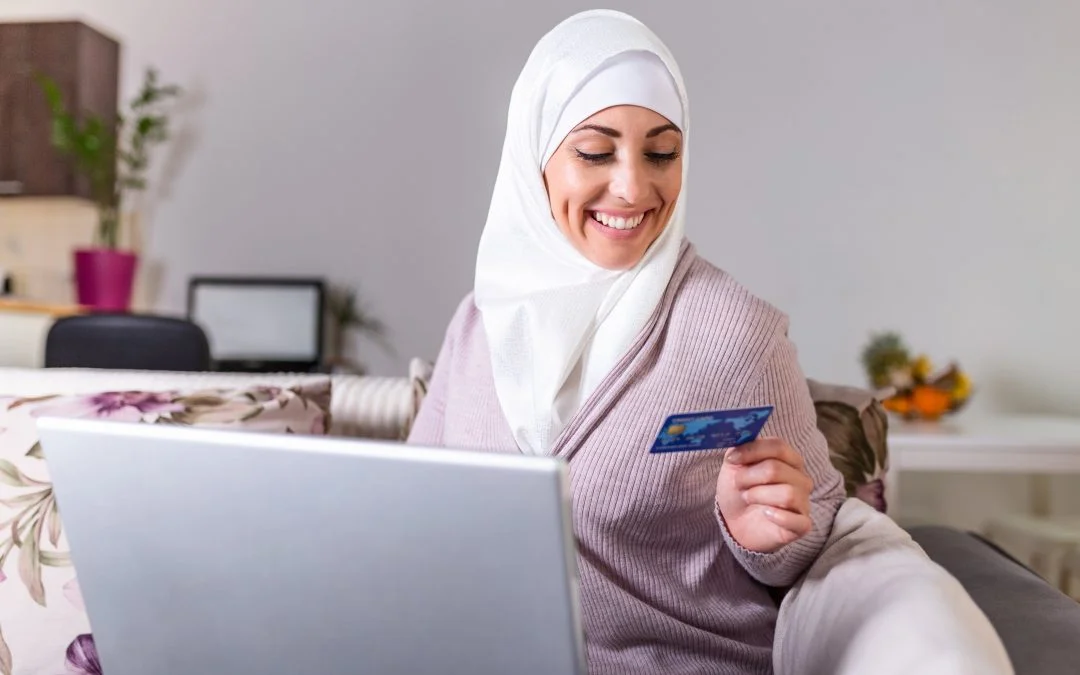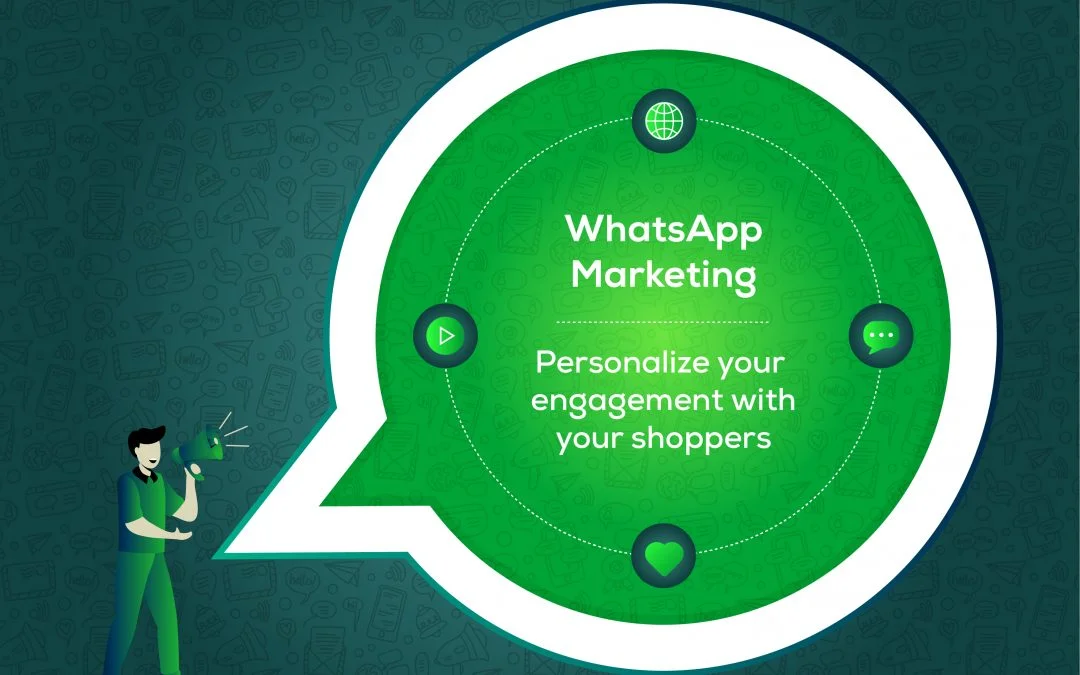- Design industry shaping loyalty programs
- Integrate easily and go live quicker
- Deliver hyper-personalized consumer experiences
Capillary acquires US-based Brierley+Partners Read more >
Capillary named a Leader in The Forrester Wave™: Loyalty Technology Solutions, Q1 2023 Report Read more >

The UAE and the Middle East as a whole poses several challenges for marketers and brands. This is because individual markets within the geography display similarities in culture, language and habits but at the same time have varying differences. For instance, the UAE and Saudi Arabia are geographical neighbours and both are part of the GCC council, however, the spoken dialect of Arabic differs considerably from each other.
To serve this complex, multi-cultural and multilingual cultural landscape there are a plethora of media, which makes it challenging for brands to reach out to their audiences. For instance, there are over 300+ TV channels in the region and over 3,000 officially registered print titles. In addition to this, there is a large number of blogs and digital publishers which further makes the digital media landscape even more fragmented.
Despite the regional and cultural differences, one area where there is convergence and similarity amongst the GCC countries is trends around media consumption and advertising spends.
For a long time, even as early as 2015, TV and newspapers accounted for the majority of advertising revenue in the Middle East. But this has been changing recently and the region’s digital marketing spends have been steadily increasing.
Internet advertising spend in the MENA region is expected to reach more than $5 billion, according to eMarketer and digital ads are expected to make up about 40% of that. Continuing its growth, regional spend on digital ads is expected to reach 28 percent of total ad dollars spent by 2022, with Google search ad spend accounting for the lion’s share.
The contradiction here is that despite declining ad spend, television consumption in the region shows no sign of slowing down. Even though the greater portion of time spent with media is through the internet in UAE – an average daily time a user spent is over 7 hours – there is still a significant TV viewing time of 2 hours 30 minutes. And MENA as a region has a substantial 5 hours average daily tv viewing time.
The surge in free to air channels, the rising penetration of video on demand and streaming networks, and COVID-induced quarantines are all expected to further contribute to a spike in TV consumption patterns at least for the near future.
The key takeaway here is that marketers and brands in the UAE are presented with a unique opportunity in terms of a large population (9.6 million), that consumes media across diverse traditional and digital channels (Television, Newspaper, Facebook, Instagram, Google Ad Networks, Snapchat, Tik Tok etc.) and are extremely tech-savvy (99% social media penetration) and connected (99% internet penetration).
Omnichannel marketing is simply unifying multiple marketing channels in a way that creates a logical progression for your target audience to progress from one stage to the next. The various channels (SMS, Email, Ad Networks, Facebook, YouTube, Instagram etc.) need to work together and provide context for the messages your customer receives as they move from one channel to another. The biggest advantage of omnichannel marketing is that it creates a win-win situation for both the consumer as well as the brand. From a brand’s perspective, it improves engagement/conversion rates at a higher ROI; for customers, it provides a connected brand experience regardless of the channel they chose to interact with the brand.
There are several reasons as to why retailers and brands in the UAE are perfectly poised to leverage the benefits of omnichannel strategy to improve brand loyalty.
Let’s dive in.
Omnichannel marketing leverages AI and Big Data to improve personalization and improve ROI by automating the channel mix for every customer based on his/her response and conversion rates. And the UAE government has been focussed in investing heavily into AI and digital initiatives. His Highness Sheikh Mohammed bin Rashid Al Maktoum, Vice-President and Prime Minister of the UAE and Ruler of Dubai recently approved the UAE’s action plan on artificial intelligence and digital economy. In 2019, Sheikh Mohammed had appointed a full-time minister to increase the contribution of the digital economy from 4.3 percent of GDP to 8% in the next 5 years.
Omar bin Sultan Al Olama, Minister of State for Artificial Intelligence, Digital Economy and Remote Work Applications, recently released a comprehensive plan that focuses on providing tools and infrastructure to support the UAE’s leadership in digital transformation initiatives. The larger business community in the region shares a similar view in terms of technological adoption; a PwC report states that digital transformation is the key priority for 88% of Middle East retail CEOs.
The United Arab Emirates is predicted to be 6th best performing market in 2020 (of the 49 economies compared by GlobalData) with spend growth remaining in the positive territory, mostly due to the short lockdown period of just two weeks for non-essential stores.
With lockdown restrictions for non-essential items being lifted in the UAE, retailers have started reopening stores with safety and hygiene measures that are likely to be used as a benchmark for other brands that are considering how they can operate safely.
While the recovery in retail and consumer consumption is optimistic, brands are likely to be cautious about launching large scale campaigns. Omnichannel marketing in UAE presents a unique opportunity for brands to launch highly targeted and personalized campaigns and loyalty program initiatives even with a constrained budget.
As adoption of 3G and 4G services gathers pace, the next stage of the region’s mobile revolution will be driven by the launch of 5G networks.
This technology, the GSMA estimates, will cover about 30 percent of the region’s population by 2025, with Ericsson predicting 17 million 5G subscriptions by 2023. To put it into perspective, that’s almost the same number as the total number of mobile connections in the region two decades previously.
The UAE is also the third most-connected country globally, after US and Switzerland and the Telecommunications Regulatory Authority of UAE has established three committees, including all stakeholders (operators, manufacturers, academia and users), to synergize the 5G rollout in the region. This initiative by the TRA works with several strategic partners to make UAE a leading country in deploying 5G.
Even before the pandemic, the UAE was the first growing ecommerce market in the region and was projected to grow at 23 percent annually between 2018 and 2022.
A recent survey conducted by Ernst & Young found that 92 per cent of the consumers in the UAE have changed their shopping habits – including shifting to online purchases. Around 68 per cent of UAE consumers said that Covid-19 led to their first online grocery purchase, while 70 per cent have made their first online purchase from pharmacies.
According to PwC, 53% of Middle East respondents had increased their use of smartphones for shopping in response to the pandemic. The results also suggest in particular that shopping via smartphones will continue to rise after lockdown ends, with 92% of those consumers who increased their shopping via smartphone reporting that they were “very likely” (63%) or “likely” (29%) to continue with this purchase method once social-distancing measures are removed. In essence, the impact of COVID-19 has forced change: consumers who were previously resistant to using mobile payment channels discovered that purchasing goods and services on their smartphone was not only easy but convenient too.
Recently, ZON, hailed as the “the region’s first fully decentralized mobile-only ecommerce network,” raised $8m in seed funding, ahead of its launch later this year. Meanwhile, Mumzworld, an online baby shop, reported an 800% increase in activity across channels. There have also been instances of traditional retailers partnering with online retailers – for instance, Emaar Malls partnered with Noon.com to launch a Dubai Mall virtual store to support retailers and the community during the lockdowns.
Millennials account for 30% of the population in the UAE and they are characterized by extreme digital-savviness and high spending potential. Being digital natives, they also account for the heaviest consumption of digital content, clocking at least 6 hours of Internet usage every day across multiple channels. Video content networks, especially YouTube is an extremely popular channel within the millennial demographic with more than 50% acknowledging that their shopping was influenced by YouTube videos/ads.
With 9.73 million social media users, UAE has a whopping 98% social media usage rate. YouTube leads the pack with 8.65 million users, followed by Facebook (7.77 million), and Instagram (6.68 million). Amongst the messaging apps, WhatsApp has the highest adoption rates with 7.77 million active users. Millennials account for 45% of social media users. Marketers can leverage omnichannel marketing to create highly engaging, rich media content across multiple platforms to progressively nudge users to the next step in the purchase cycle.
While omnichannel marketing is universally relevant and seeing rapid adoption across the globe, the United Arab Emirates is fortuitously placed in unleashing the full potential of the technology.

June 16, 2022 | 5 Min Read
Improve your brand’s ROI & bring greater engagement wi

May 30, 2011 | 4 Min Read
Customer Engagement is the lifeline of retail and it has lon

March 22, 2017 | 4 Min Read
Curious about our customers, we recently conducted a study t